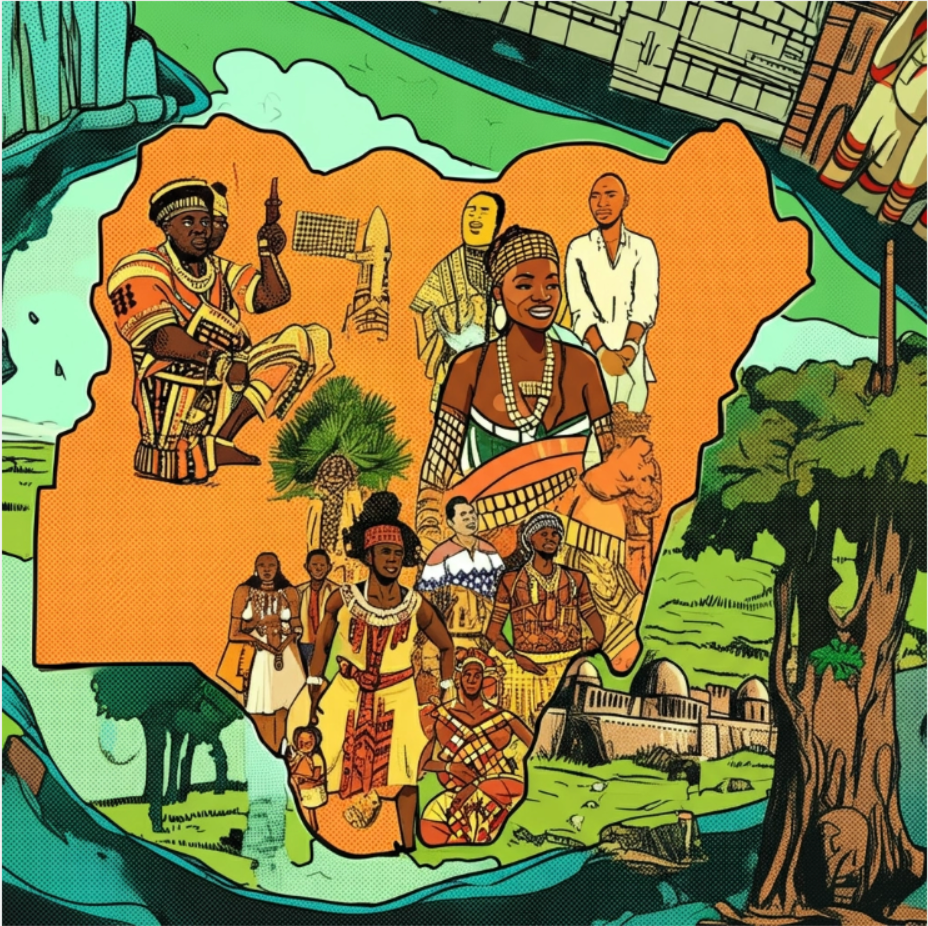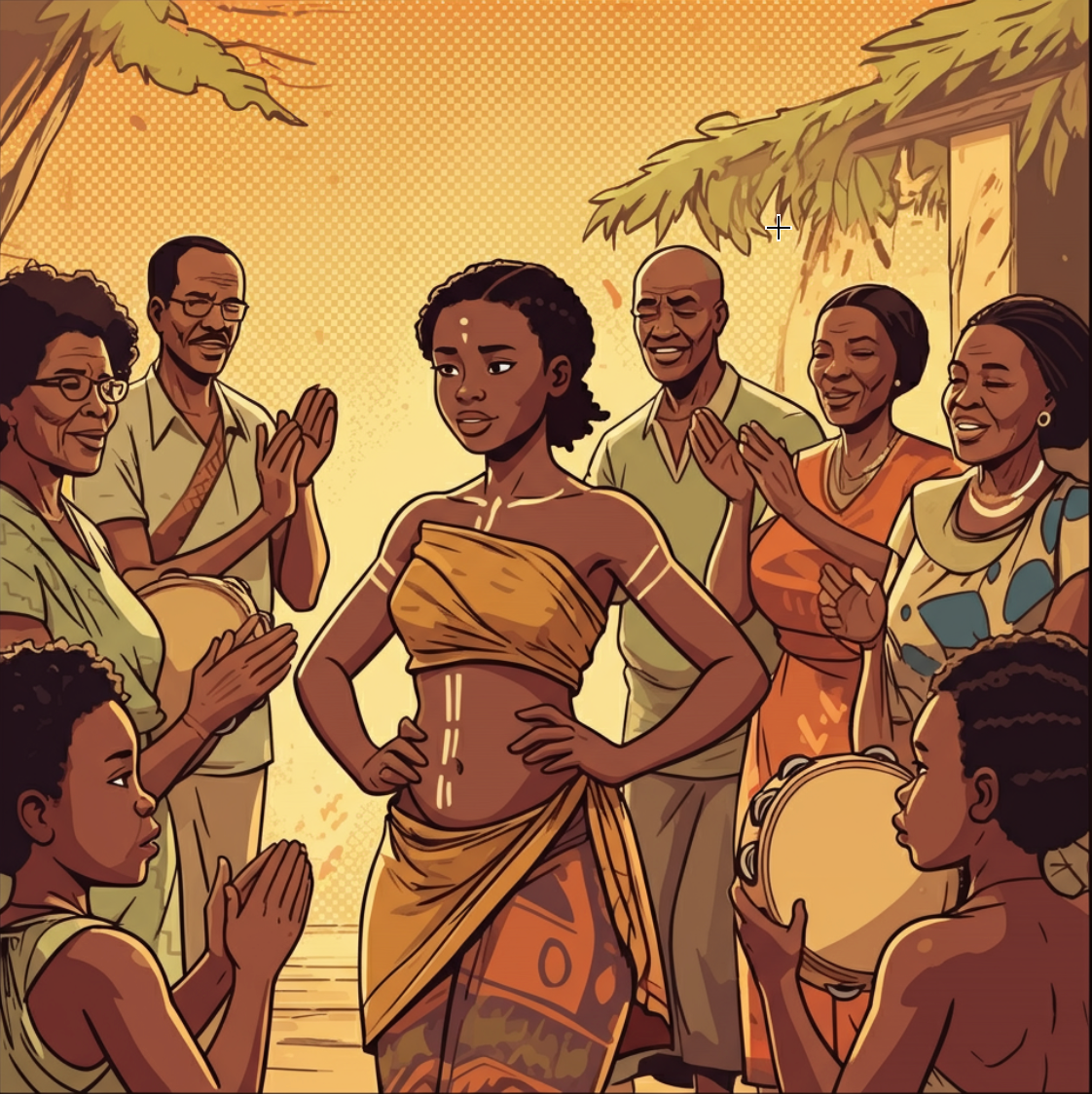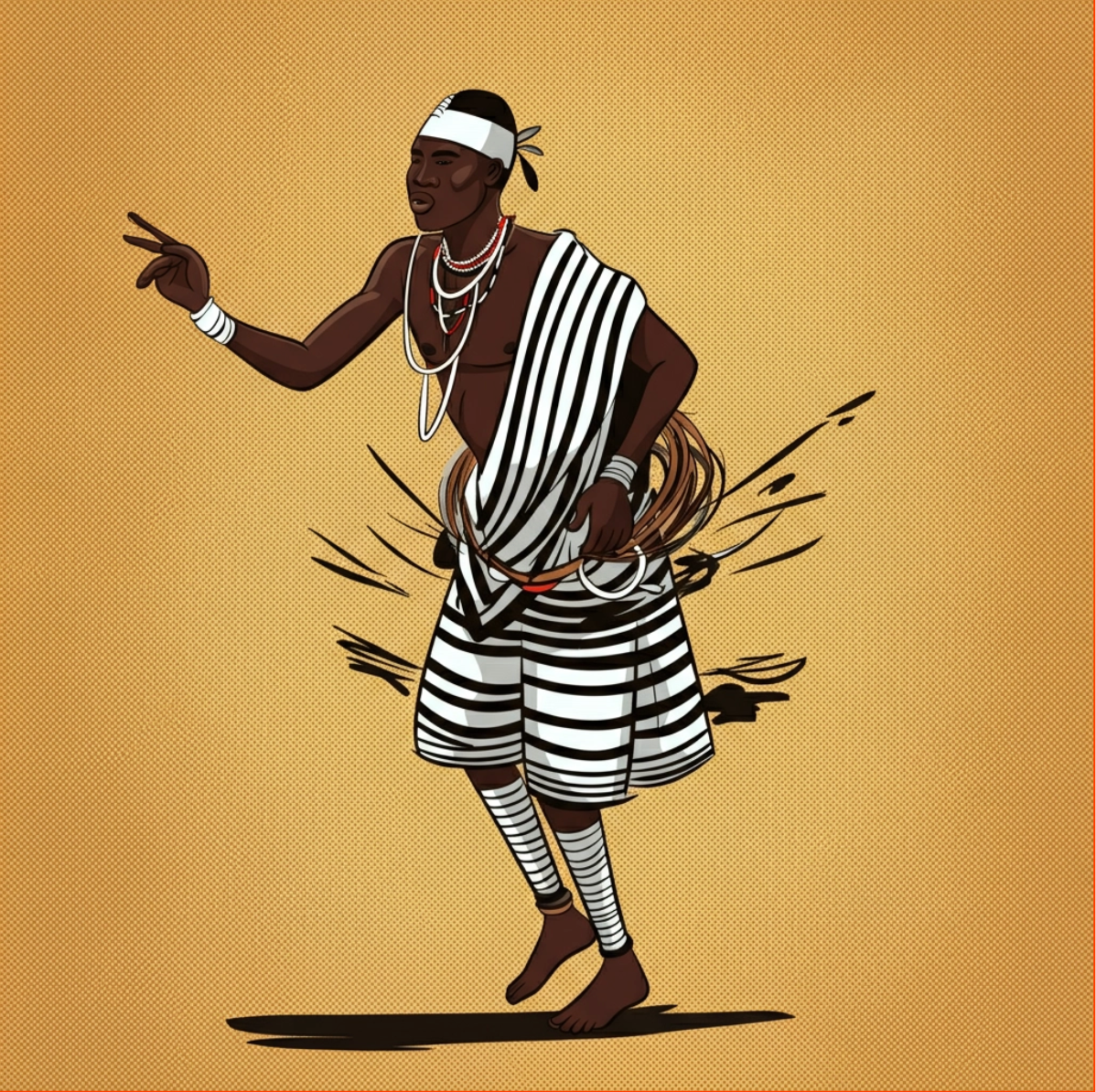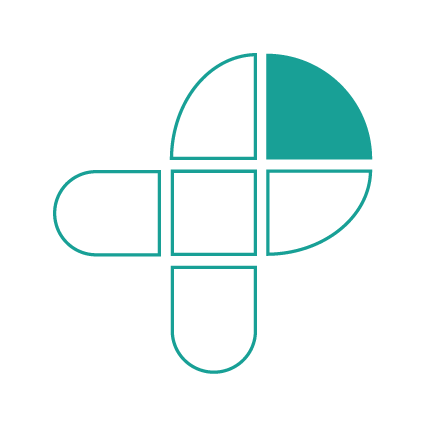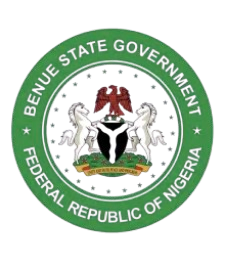However, tensions arose when intermarriages began, leading the Tiv to move further away in order to preserve their cultural identity.
The migration took them through various regions, including parts of present-day Cameroon and Nigeria.
At each stage, they adapted to their environment, developing agricultural techniques suited to the terrain and learning from the communities they met along the way.
Eventually, they reached the fertile lands along the Benue River, where they decided to settle permanently.




